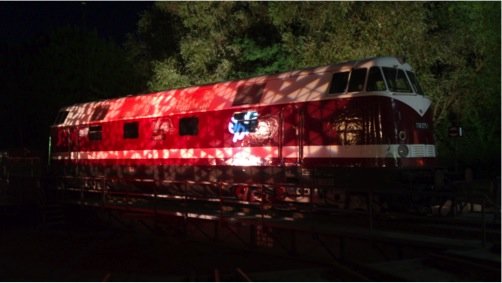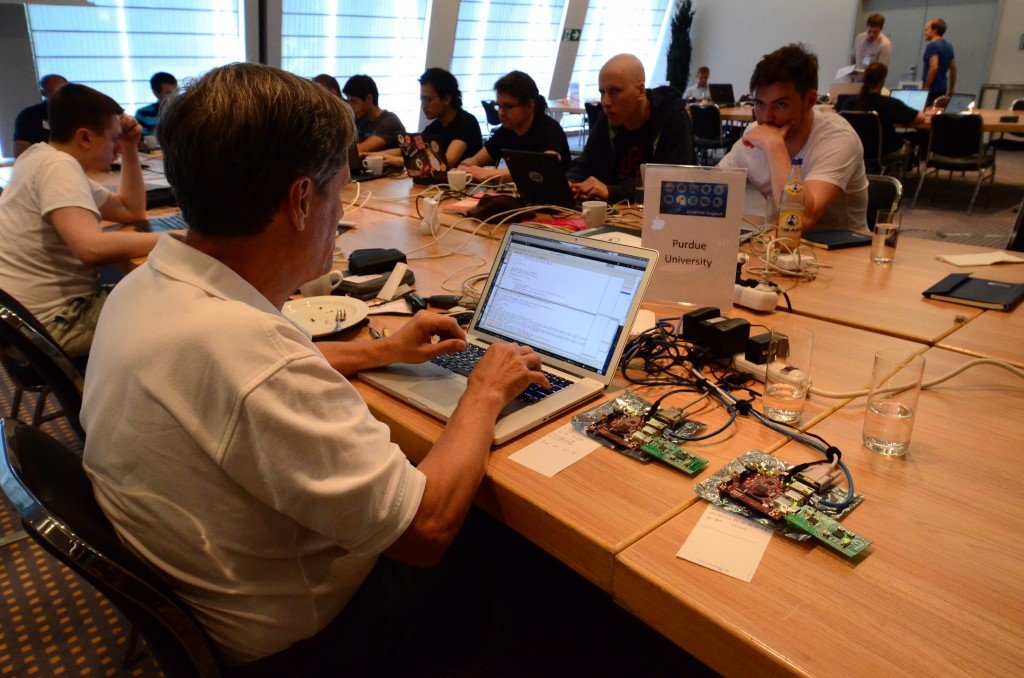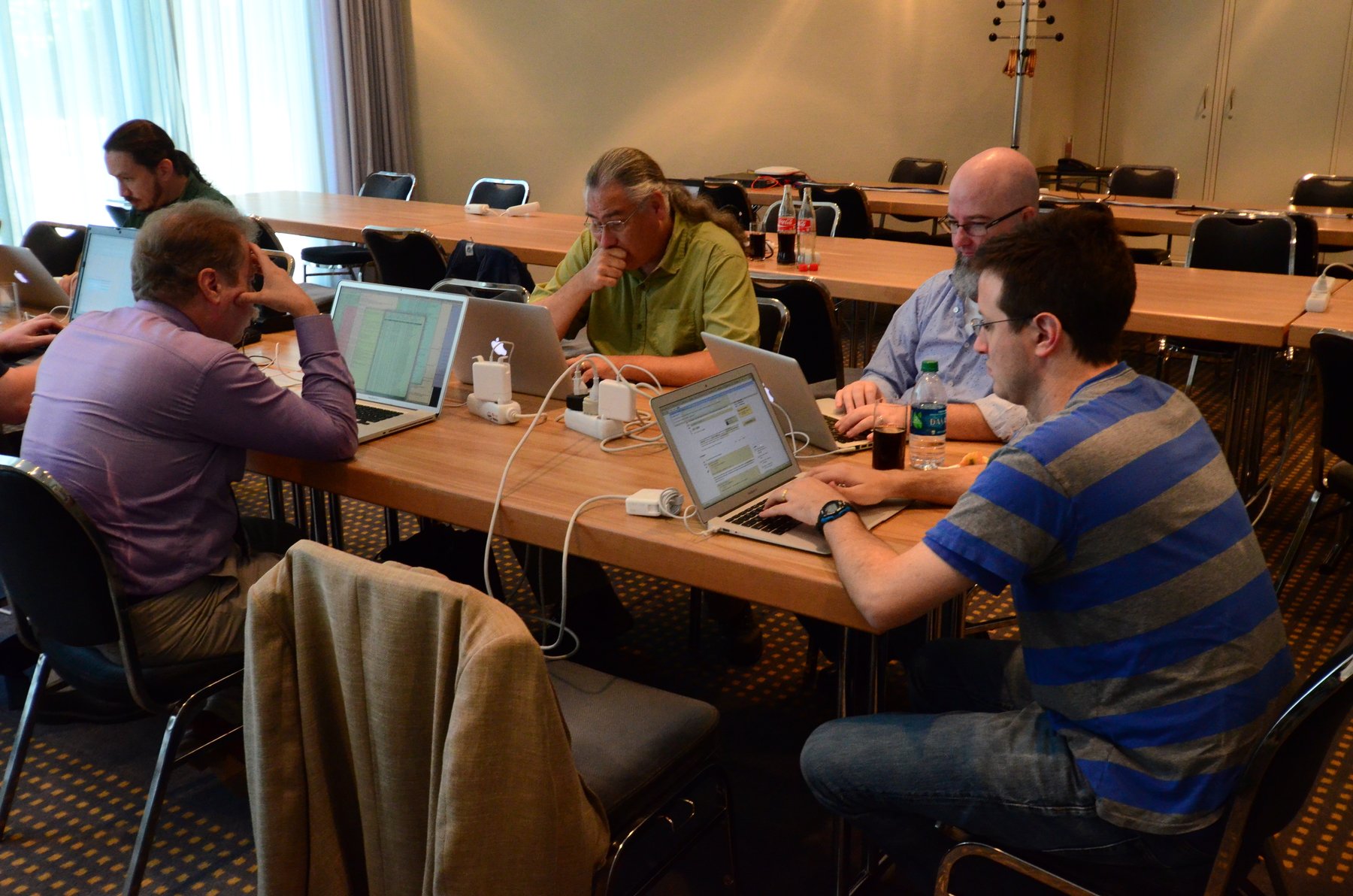Filter by topic and date
Meeting Summary
- Jari Arkko IETF Chair
7 Aug 2013
The IETF meeting in Berlin is now over. I hope everyone has been able to return home safely, and that you all can enjoy at least a weekend if not some vacation time after a busy meeting week.

I will be on vacation myself for a couple of weeks. This was the first time that I had the responsibility for the full meeting week as an IETF Chair. Unsurprisingly, I got to do less technical work than in previous meetings, but it was very rewarding to see so much activity that others are doing.
But I wanted to highlight a few items from last week that I felt were important. First off, I think we had a very successful meeting. In the end there were 1426 participants on site from 62 countries. More attendees than we have had in long time and more countries than we have ever had. There were 12 new working group proposals, and while many of them were scheduled to this meeting in a very early stage, surprisingly many of them seemed to have successful discussions at the meeting. My guess is that two thirds of these will soon be up to be approved as working groups.
In addition to new work, the meeting also attracted a record 316 first-timers. An influx of new people is important, to make sure that we understand the challenges in all aspects of Internet technology. This meeting was also the first for our new mentoring system. Volunteers from the IETF attendees had set up 50 mentors helping new people find their way in the IETF, for instance to establish contacts with other people. For me, an important part of the meeting is the ability to interact with other people building devices in the Internet. Specifications aside, these interactions are a crucial part of setting up new, interoperable technology to the Internet.
We also had a great social event, thanks to DENIC, our platinum sponsor for the meeting. I have yet to find an engineer who does not love trains, and everyone seemed to be having fun. Thank you, DENIC! I would also like to thank our other sponsors for the meeting and the Bits-n-Bites event: Deutsche Telekom, EURid, Dyn, ECO, and ADVA Optical Networking, A10 Networks, Comcast, Nominum, IPSO Alliance, Huawei, ICANN, and Internet Society. Thank you!
The practical meeting organisation seemed to work well, people liked the hotel and the facilities. Many have suggested that we should return to Berlin and Germany soon. There were only two issues during the meeting that I am aware of. First, one of the routers that we use for running the IETF network had been damaged in transit. Juniper, who has provided these routers, stepped up and was able to deliver two replacement routers on a moment’s notice. Thank you! Secondly, Berlin had exceptionally warm weather during our meeting, and air-conditioning struggled to keep up – it was hot inside, too. I personally experienced difficulties on Sunday with the IESG and IAB all in a small room, but for the rest of the week it felt cooler.
The IETF is not just about specifications and paper, it is also about running code. I was glad to see so many instances of running code in this meeting and around it. An interop event on 6LowPAN technology, XMPP hackfest, NAT64 live testing on the IETF network, using the Opus audio codec for remote attendees, home networking demos, distributed mobility demo, Code Sprint to work on IETF tools, the Bits-n-Bites demos, and probably many other things that I’m not aware of. Bits-n-Bites was so well attended that it was at times difficult to get to the demo tables. I would like to see even more code in our next meeting. If you have a test or demo in mind – lets talk.


From my personal perspective, some of the most interesting work in the meeting related to Internet of Things (many of the new work proposals were in this space), home networking (also some new proposals and a lot of running code), and multimedia communications from browsers (WebRTC). I also liked the new Advanced Queue Management (AQM) work proposal, an effort attempting to make sure that bad router buffering practices do not waste capacity. This group has a real chance of improving how responsive the Internet feels to individual users, even without increasing their broadband connection speed.
During the meeting, we continued the discussion of many technical and organisatorial issues. In our administrative plenary, Kathleen Moriarty and Suresh Krishnan gave an update on what the diversity design team has been working on. While the work on this front has just started, I felt that the discussions are on a concrete and productive path. I’m looking forward to the improvements we will make in this space.
As usual, there are many discussions in the IETF outside the open meetings. Engineers talking to each other, implementors sharing experiences, operators explaining their needs, and so on. I was also happy to see that in this meeting we had many people from outside our traditional participant base – root server operators, network operators from developing countries, regulators and policy makers, ICANN specialists, and students. From what I can observe, they engaged in many useful discussions. For instance, the IAB met with some of these participants.
Finally, we also did a video version of this summary during the IETF week. It is available on YouTube at the IETF Channel. The media was also interested in our meeting. Here’s a link to a half an hour program broadcast on German radio about our meeting: program.